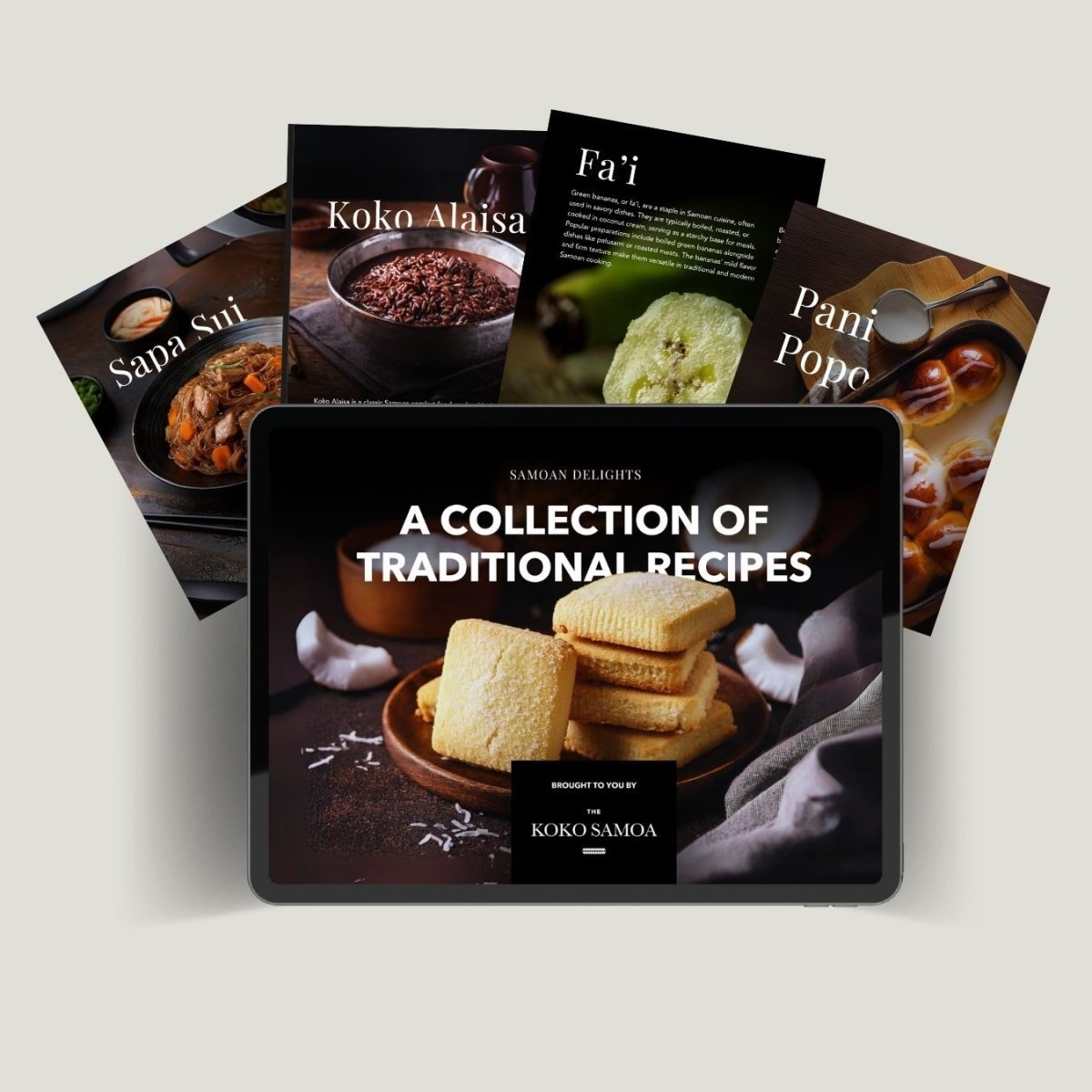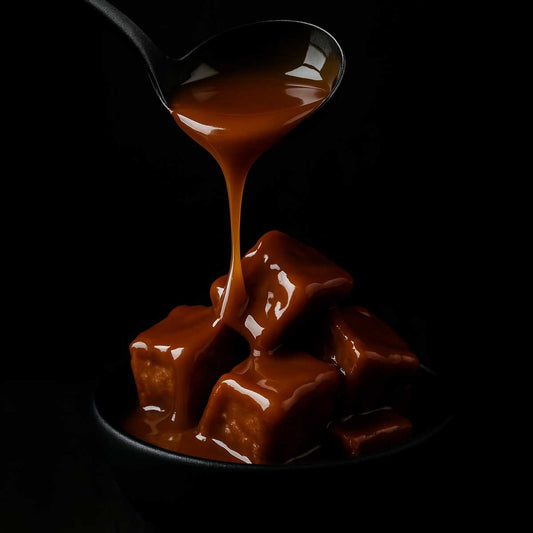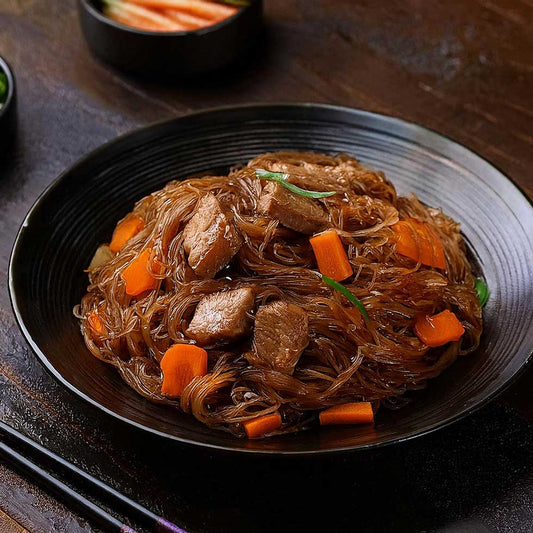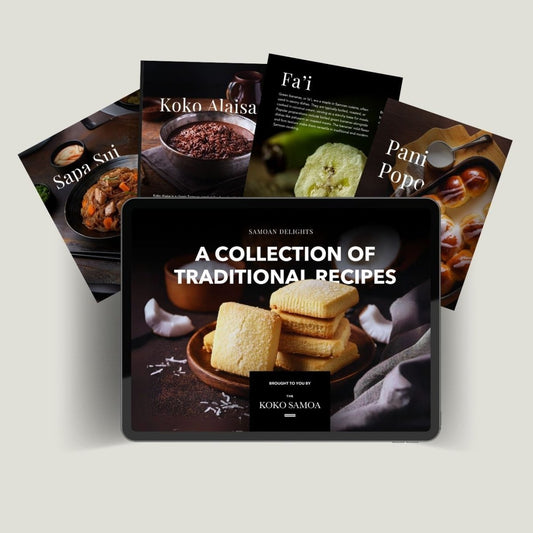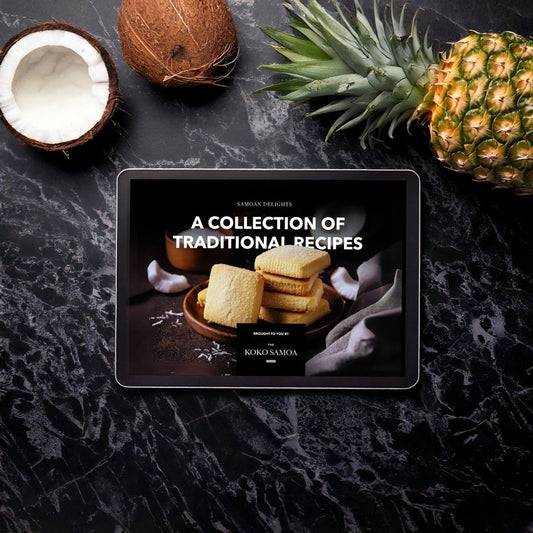What is Cacao Paste?
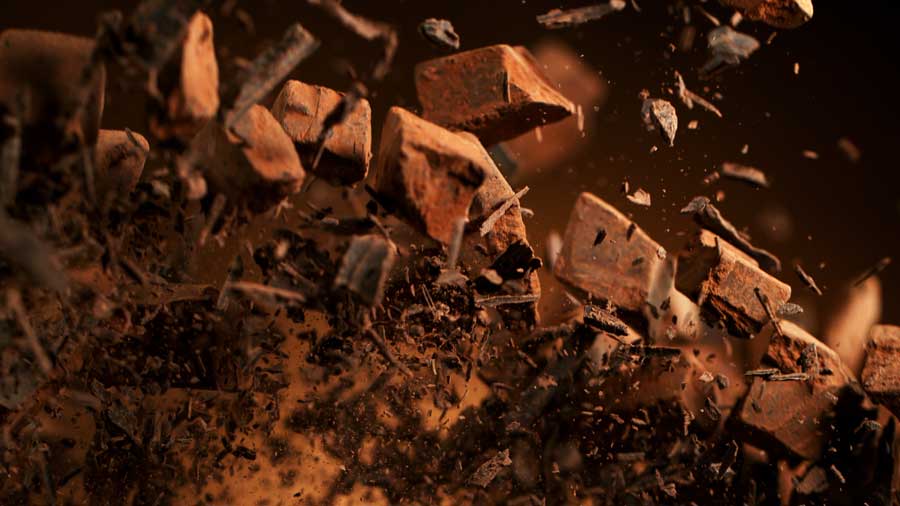
Cacao Paste From Tree to Treats
Cacao trees are traditionally grown in the shade for 4-5 years and then planted into full sun to produce for a further 3-4 years. However, the cacao can be harvested after only 2-3 years – at the beginning of the rainy season – before the pods have had time to fully mature. The harvest is carried by hand, pods are cracked open and beans and surrounding pulp are fermented for 3-5 days. The beans then dry slowly on racks and later in the oven to remove as much of the natural cocoa butter as possible. This drying process can take 10 days or more.
Cacao tree seeds are very small and statistical analysis of over 34,000 trees in 2011 showed that each tree produced around 200 beans/year. That’s about 1 kg of cocoa beans/year - that’s a kilo of beans from every tree in the world!
The next stage is concentration of the cacao paste which makes it easier to ferment. The beans are fragmented into ‘nibs’ before they are ground. It is the liquid cacao that is extracted from the bean and pressed to form a cacao paste. The product is a chocolate in its purest form and provides a creamy texture and earthy taste.
How to use Cacao Paste
Also known as cacao liquor or cacao mass, cacao paste is a natural product made from crushing unroasted Cacao beans (raw cacao) to produce a pure, rich and "earthy" flavoured cacao paste. It is greatly valued for its flavour note and its ability to enhance the flavours of other ingredients in chocolates and other food products.
Types of Cacao Paste
The three main varieties of cocoa plant are Forastero, Criollo and Trinitario, and the cacao paste that come from these varieties. Until the 18th century, plantations mostly grew Criollo beans. However, today they make up less than 5% of cocoa production, with high-yielding Forastero dominating the world market for bulk, mainstream processing.
In Samoa we use a very unique variety of cocoa bean for our cacao paste and it fits perfectly with our tropical island lifestyle. We have a true passion for all natural foods. Our joy at The Koko Samoa is to share foods like cacao paste with you and what better place to start than in our favourite beverage. In Samoa, the highly prized Samoan Trinitario is sought after all over the world, and it's this cacao that we make our cacao paste from.
Cacao paste is a popular product worldwide. It can be used by chocolatiers as a substitute for cacao liquor (or just cacao for the less formal) in many chocolate recipes. It can also be used in making hot chocolate, cooking and drinks.
Nutritional benefits of Cacao Paste
Cacao Paste is a natural source of antioxidants, but is also high in fat content (it has as much fat as butter) so its use should be limited to small amounts when substituting for other fats in recipes. It’s a nutrient-packed superfood that can improve vascular function and reduce blood pressure. In fact, a recent study found cacao flavanols increase nitric oxide bioavailability, activate nitric oxide synthase and exert anti-inflammatory and anti-platelet activity – all of which can improve vascular function and reduce blood pressure.
Cacao paste is unique to the world of food as it contains several rare and powerful substances that are not found in any other food. It contains high levels of magnesium, which is good for heart health. It also has high levels of Iron and Magnesium, which help improve circulation, lower blood pressure and combat depression. In addition to this, it contains high levels of antioxidants which give it anti-aging properties.
Cacao has been studied for its ability to reduce blood pressure and has been shown to produce “a small but statistically significant effect in lowering blood pressure by 2-3mm Hg in the short term” (Schardt, 2013).
The paste can be added to smoothies or grated over breakfast bowls for a boost in the morning. Or make a traditional Koko Samoa instead of tea or coffee.
Phenethylamine in Cacao Paste
Eating cacao makes you happy! It contains phenylethylamine which controls pleasure and the feelings you get when you are in love. It also acts as a stimulant and can improve mental alertness. Cacao also contains serotonin and dopamine – which also stimulate good moods and ‘pleasure’ feelings.
Theobromine in Cacao Paste
Cacao is a superfood, one of the best sources of magnesium and a source of important trace minerals. It’s rich in antioxidants including polyphenols, flavonoids and catechins, which act as natural anti-inflammatories. One of the key fats in cacao is called oleic acid, which is one of the best fats for the brain. Theobromine, naturally occurring caffeine in cacao interacts directly with the cannabinoid receptors in our brain. Cacao is also rich in neuroprotectin D1 (NPD1), which has been shown to play a role in neurotransmitter release and neurogenesis. It also contains amandelic acid (Anandomide), which is also found in the brain and interacts with endocannabinoid receptors.
What is Cacao Paste Good For?
-
Cacao paste can be used in cooking and baking. The paste's taste is similar to unsweetened baking chocolate, so it's easy to substitute cacao paste for recipes that call for its use. Cacao paste can be bought online or at specialty stores like Whole Foods. It can also be used on its own as a rich, satisfying snack with a chocolatey flavor (no added sweetener).
-
Cacao paste is great for smoothies. When you blend cacao paste with fruits and vegetables, the resulting smoothie has an intense chocolate flavor that helps disguise the bitterness of high-fiber vegetables like kale. If your kids don't mind a few green specks in their drink, this gives them an extra nutritional boost!
-
Cacao pastes are simple but effective ingredients for making homemade chocolate bars and other candies. You need just one other ingredient—sweetener—to add richness to vegan desserts, which makes it a huge time saver during the holiday season when you have many people to feed who have different food preferences or restrictions.
Potential health benefits of cacao paste.
There's reason to believe that the antioxidants in cacao may help protect against some common diseases, including cancer. The phenolic compounds in cacao may reduce your risk of certain cancers, such as colorectal and prostate cancers (1Trusted Source).
Cacao is also a good source of magnesium, iron, and other minerals. Here are 6 reasons why magnesium is good for you.
Traits of cacao have been shown to lower blood pressure due to its ability to dilate blood vessels. Those with normal blood pressure should avoid consuming excessive amounts of caffeine that cacao may contain.
Cacao paste can be used to enjoy the taste of chocolate in a positive way for your body and mind!
Enjoying the health benefits of cacao and chocolate has never been easier. One way to do this is by choosing to eat products made with cacao paste. Cacao paste can be made into different types of chocolate through the addition of sugar, sweeteners and/or additional ingredients.
Cacao paste contains antioxidants, vitamins, minerals and fiber which are known to combat free radicals in the body that cause oxidation and damage cells in your body (including brain cells). Antioxidants also help to improve circulation, lower blood pressure, increase energy and promote a healthy heart. Because cacao contains antioxidants it is very good for you!
